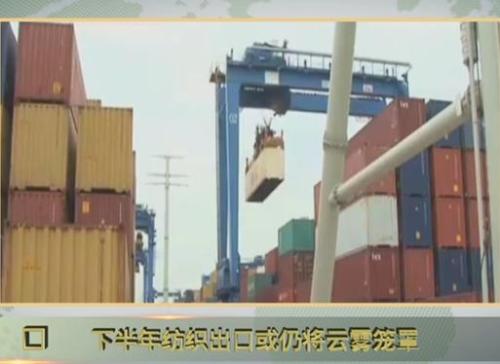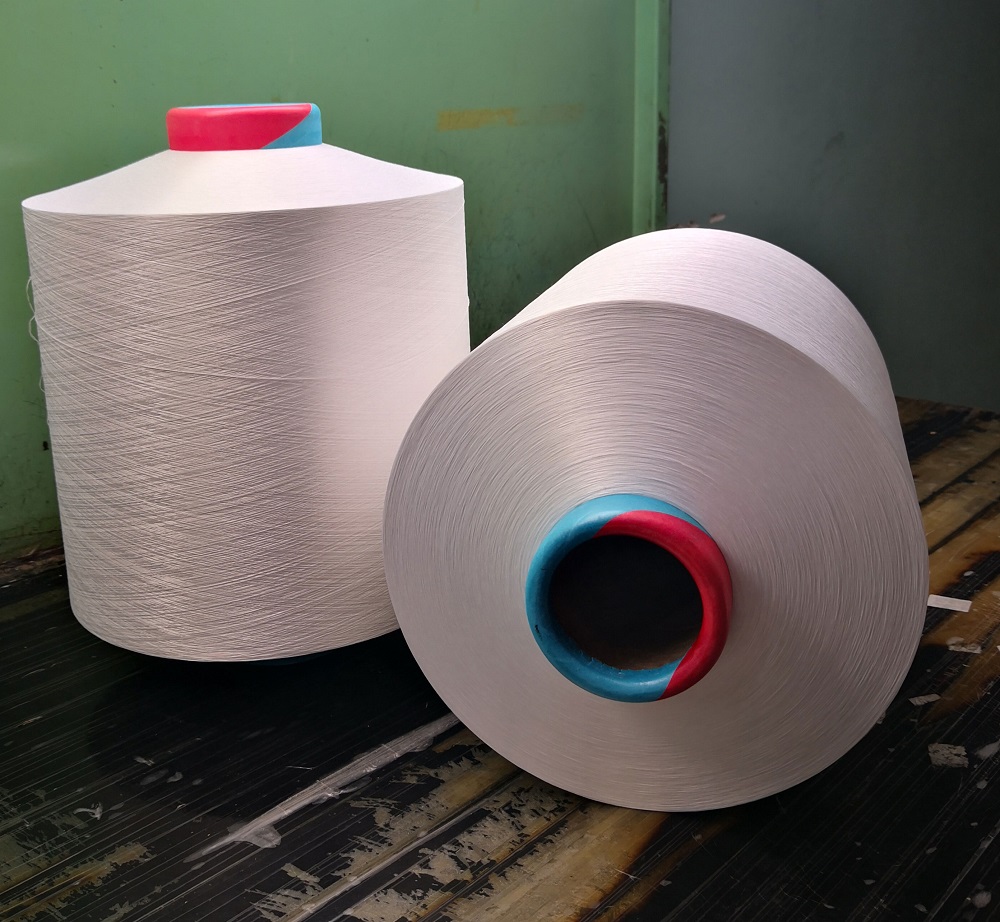 In the first half of this year, China’s textile and apparel export growth exceeded the overall growth rate of the country’s total trade in goods, with a total import value of US$139.83 billion, an increase of 11.8% year-on-year. Among them, exports accounted for US$127.23 billion, up by 12.1% year-on-year, and imports by US$12.6 billion, up 9.5% year-on-year. Although the growth rate exceeds the average level of national exports, textile companies generally reflect that factors such as the appreciation of renminbi, rising labor costs, and lack of demand in the international market are putting pressure on business operations.
In the first half of this year, China’s textile and apparel export growth exceeded the overall growth rate of the country’s total trade in goods, with a total import value of US$139.83 billion, an increase of 11.8% year-on-year. Among them, exports accounted for US$127.23 billion, up by 12.1% year-on-year, and imports by US$12.6 billion, up 9.5% year-on-year. Although the growth rate exceeds the average level of national exports, textile companies generally reflect that factors such as the appreciation of renminbi, rising labor costs, and lack of demand in the international market are putting pressure on business operations. According to a recent survey conducted by the Ministry of Commerce on 1900 key foreign trade companies, the current enterprises' export orders are becoming colder, profits are becoming thinner, and the proportion of companies that export orders have grown from the previous quarter have been reduced for four consecutive months. The proportion has reached a new high of nearly 4 months, and the confidence of exporters has continued to fall. In June, nearly one-third of companies believe that this year's exports will decline from last year, accounting for more than 30% for the first time in six months. Since April, the Export Order Index and Confidence Index of the key linking companies of the Ministry of Commerce have declined for three consecutive months. In April of this year, the United States Chamber of Commerce released the 2013 ***, which listed the slowdown of China’s economic growth as the second largest influencing factor for U.S. operations risks in China, second only to rising labor costs.
According to the recent analysis of the national textile industry export situation held in Nantong in 2013, the China Textile Import and Export Chamber of Commerce analyzed that due to factors such as insufficient import power, reindustrialization, and trade protection in the developed countries, textile exports will remain in a relatively difficult period in the second half of the year. The increase in international competition will continue. The Diaoyu Island dispute and the sharp depreciation of the yen have affected Sino-Japanese trade, which has caused China's textile and apparel exports to Japan to suffer. According to statistics, in the Japanese import market, the share of China's textile and apparel products has fallen from 77% in 2010, 75% in 2011, and 73% in 2012 to 71%. As China’s third largest export market, Japan has been replaced by ASEAN in the first half of the year. The traditional provinces of Jiangsu, Shandong and other countries that have exported to Japan have been hit harder. In terms of labor prices, the labor costs in Southeast Asia, such as Vietnam, Cambodia, and Bangladesh, are significantly lower than those in China. The average monthly salary of the labor force in coastal areas of major industries in China is 3,000 yuan, which is 224.8%, 195.3%, and 182% higher than Indonesia, Thailand, and Bangladesh, respectively. .
On the domestic front, the continuous appreciation of the exchange rate has brought unbearable pressure to China's textile exports. In the first half of this year, *** has risen by 2% cumulatively. Among them, the cumulative appreciation of the dollar 1.7%; against the yen appreciation of more than 13%. People in the industry believe that as China's economic growth rate shifts from high-speed to medium-speed, the textile and apparel industry is traditionally unable to sustain the model of quantitative expansion, and traditional advantages are gradually being lost. It is necessary to accelerate the cultivation of new competitive advantages in the industry. Mainly reflected in: the differentiation strategy based on R&D and design, the integrated strategy of supply chain optimization, and the specialized channel strategy.
Draw Texturing Yarn (DTY) which is made from Pre-Oriented yarn by the texturing forming process. The fiber is crimp, with high fleeciness and elasticity. The yarn fabric is soft, skin-friendly and soft-reflected in color.
Main production equipment Germany Barmag FK6-1000 and Japan TMT ATF-1500FOUR
Categories:
Elastic :high elastic(1 heater) and normal elastic ( 2 heater)
Intermingle: non-intermingled(mostly used for weaving as weft yarn or circular knitting), light intermingled(mostly used for circular knitting and warp knitting), high intermingle (mostly used for weaving as warp yarn).
Luster: bright, semi dull, full dull.
Across-section: round, flat, cross.
Application
Mainly used in the production of home textile fabric and garment fabric, applied to rapier looms, water jet looms, air jet looms, circular knitting and warp knitting, its has the characteristics of good brightness, smoothness, bright dyeing. S+Z No-torque is widely used for knitting high grade end flat fabric.

Textured Yarn,Polyester DTY Draw Textured Yarn,Polyester Draw Texturing Yarn,Draw Texturing Yarn
YIBIN MERRY TRADING CO. LTD. , https://www.cnmerry.com